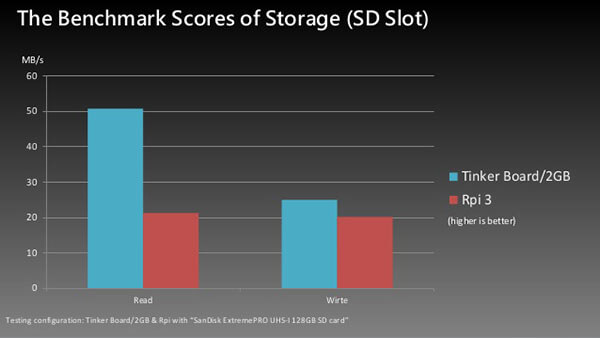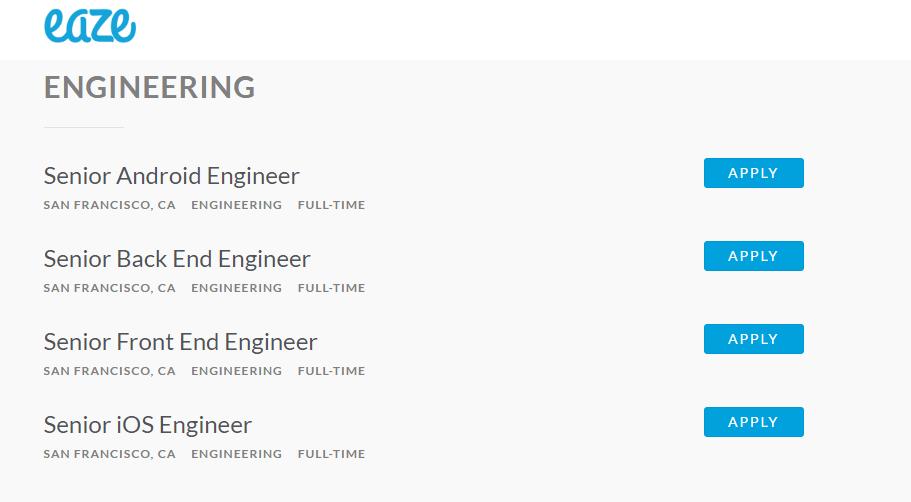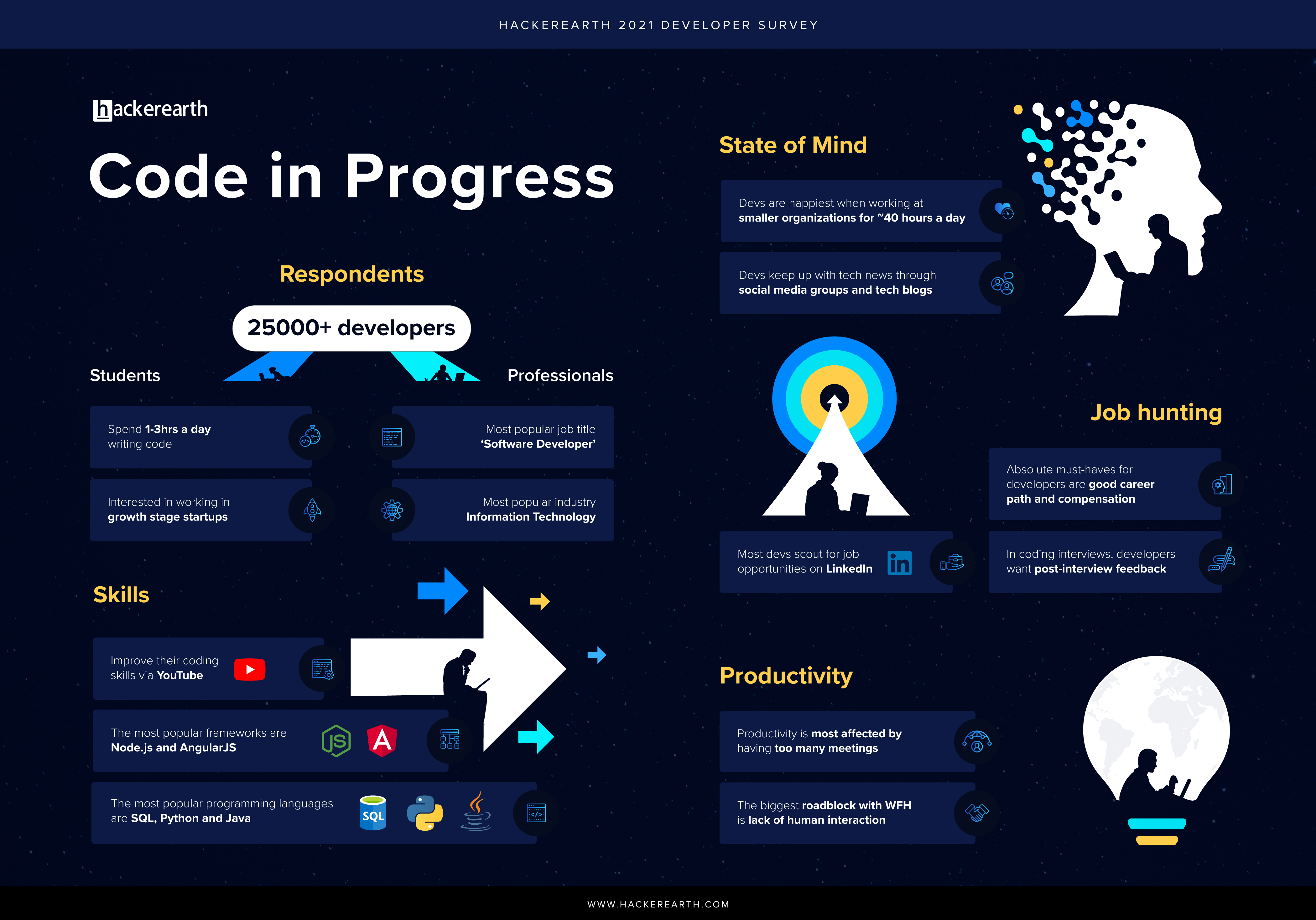If you think about it, your business is actually a community of sorts. And, if you do it right, your brand can create a community of ardent followers. If it thrives, you can expect tremendous business growth.
Creating a viral, self-sustaining strategy
Companies like Google and Facebook are open sourcing their core platform libraries for people on GitHub. Not only does GitHub, the largest open source community in the world, allow these companies to boost their tech credibility but it also fosters innovation by getting the best programmers to drive innovation.
Although open source may not be a business model on its own, it is great for improving user adoption and market value. Laurie Wurster, research director at Gartner, said, “Gaining a competitive advantage has emerged as a significant reason for adopting an OSS (open source software) solution, suggesting that users are beginning to look at OSS differently–if they can customize the code to make it unique to their company, they have created a competitive advantage.”
Let’s look at a few examples of how Google communities are changing the world while moving its business ahead. Google Product forums connect their product teams with actual users. The community conversations spawn new product features; they are also helping forums where participants ask questions and exchange advice. Google Translate Community invites polyglots to translate or validate existing translations; the company’s paid-version API is available to companies who require multi-lingual support. Contributors to Google Local Guides, a community-driven program, help others (and Google) by reviewing places they have been to. These guides impact navigation with the information and photos they share.
When it comes to new technologies, developer communities hold the key to enabling businesses. Google engages with the developer community via its developer programs—Google Developer Groups (to engage with a wide range of developers for new platform adoption and demand generation), Google Developers Experts (to identify people who are strong in a few technologies and make them engage with local communities rather than them putting Googlers all across the map), and Google Business Groups (to help SMEs).
Companies such as HackerEarth and HackerRank also nurture developer communities. They connect skilled programmers and tech companies looking to source top talent to drive product innovation. This translates into appreciable savings in terms of hiring efforts, time, and money, that is, better returns in the future for companies who sign up for their offerings. For example, HackerEarth has a community of over a million programmers. Their participation helps companies drive innovation and talent management on the platform.
Building a positive feedback loop
There is no better way to drive your business forward than happy customers who become advocates, helping you get more potential promoters. For example, studies show that glowing customer recommendations on Twitter can increase business for that brand by about 50%.
How do companies attract and retain customer loyalty, differentiate in a highly competitive market, and get customers to be brand advocates? Community! Their community teams focus on the customer. They listen to the customer. They create amazing social experiences that encourage customer interactions. And they know that quality, authenticity, and respect are the cornerstones of any successful community strategy.
You have mobile phone companies such as OnePlus and Xiaomi. They, leverage their community forums and social media to create a huge buzz during product launches, consequently investing much lesser, and sometimes even zero dollars, on advertising. These communities offer loads of product feedback as well. Their user communities do it all in exchange for product invites, merchandise, and invites to exclusive events. Building close-knit communities or tech evangelists have clearly propelled business for these Chinese companies.
Putting together a branded online community
A branded community is an example of co-creation where the company and the consumers create and find value. “A brand community is a community with a specific business objective lead by an executive sponsor, where a company creates a space for people with a common sense of identity to participate in ongoing, shared experiences.”
Why do companies need a branded online community?
- Retention and customer satisfaction
- Product feedback/ideation for the future/review beta products
- Enhance brand awareness, credibility, and exposure
- Generate revenue
- Create a cost-effective, simple marketing channel
- Support brand advocates
- Less investment in support staff and call centers
- Cross-promotion
An oft-quoted example of a branded community propelling business is Austria-based Red Bull through relevant social and digital campaigns. Synonymous with adventure, the energy drink company “got its wings” through strategic sponsorships (motor, alpine, and extreme sports) and celebrity endorsements, pull marketing strategies through interesting, emotional and authentic content, and attracting customers through quality merchandise. By glorifying everything that’s visible and not mainstream, Red Bull’s community of student entrepreneurs has fortified the brand’s perception by millennials through creative and daring initiatives across campuses. (Read how top community managers ensure that they have a thoroughly engaged audience via social platforms.)
Thriving on user-generated content
At times, a community of people creates the value while the business creates a platform. For example, Airbnb, Feastly, Lyft, and Duolingo, which have user-generated community strategies, are scaling rapidly. For instance, using amazing storytelling to “sell an experience” and great social campaigns driving fan engagement, Airbnb, an online marketplace, and hospitality service, set the sharing economy’s P2P marketplace model rolling. With more than 800,000 listings in about 200 countries, disruptive Airbnb could well ensure that the company will make $3.5 billion a year by 2020. With Duolingo, which is an online language-learning tool, the community helps in translation (that’s how it earns revenue), beta testing, and development of new course content via the Incubator.
Tools such as Jive and Higher Logic offer cloud-based community platforms for external engagement. Research shows that companies using online communities can expect 94% customer retention, 54% drive in revenue growth, and 88% increased web traffic. Whereas, Wells Fargo and NASA are keen on building internal communities for value creation; this is still in comparatively nascent stages.
Social has changed almost everything
According to 2014 study of online communities by Demand Metric and DNN, close to 20% of the participants reported that their online branded community impacted over 30% of the company revenues. And, data revealed these additional insights — in online communities that influence 16% or more of revenue, 64% have strong community engagement, 54% use intermediate or advanced metrics, and 69% have executive teams that are highly involved in the community.
Community engagement is a key ROI metric. Social platforms such as Instagram, Imgur, and others have strong community teams that work on engagements with users over and outside their platform. Instagram Co-founder Mike Krieger said, “What distinguishes us is a community. Staying tuned in is really the key. From the beginning, our very first hire – this is, like, against every business textbook [and everyone else in the business world’s advice] of hiring engineers, [and] like, maybe hir[ing] some designers and PMs. We hired a community manager first…” He attributes much of the photo-sharing platform’s stupendous success to the community. Imgur is an another platform completely driven by viral images which are again contributed by its community.
Product discovery platforms, such as Wooplr, Product Hunt, and Influenster, help businesses grow through community-driven curation; a close-knit community hunts for and reviews products to up sales and brand awareness. This is the sole form of content Product Hunt generates. (Ryan, the CEO of the company, has shared some thoughts here.)
According to CMX, the SPACE model defines how businesses can drive value through communities.

If you are customer-facing business, you need a community. You need to continuously nurture that connection with your consumers. This you do for gathering feedback on products or services (e.g. UserVoice), acting as support forums for queries/complaints (e.g. Uber uses Zendesk), and designing effective customer acquisitions and retention campaigns (e.g. HootSuite uses Influitive). Or, the community is your business. Either way, they are inextricably connected.
Conclusion
Businesses can’t sustain without connections. And what is a community but a bunch of valuable connections? For smaller businesses, especially, the decentralized, sustainable, and scalable concept of “community” can build trusted relationships with people who share their goals, thereby boosting business.
Community members soldier on, fueled by passion, to build new things and create an impact for people and organizations. There’s a reason community of fans such as Lego Ideas, HOG, and Made Unboxed flourish. They are indisputable social engines to power business growth; perhaps a community is one of the most vital corporate assets to help create lifetime value.
Hope you enjoyed reading, feel free to share your thoughts in the comments section down below. More content to follow around building great community, so stay tuned!
























































